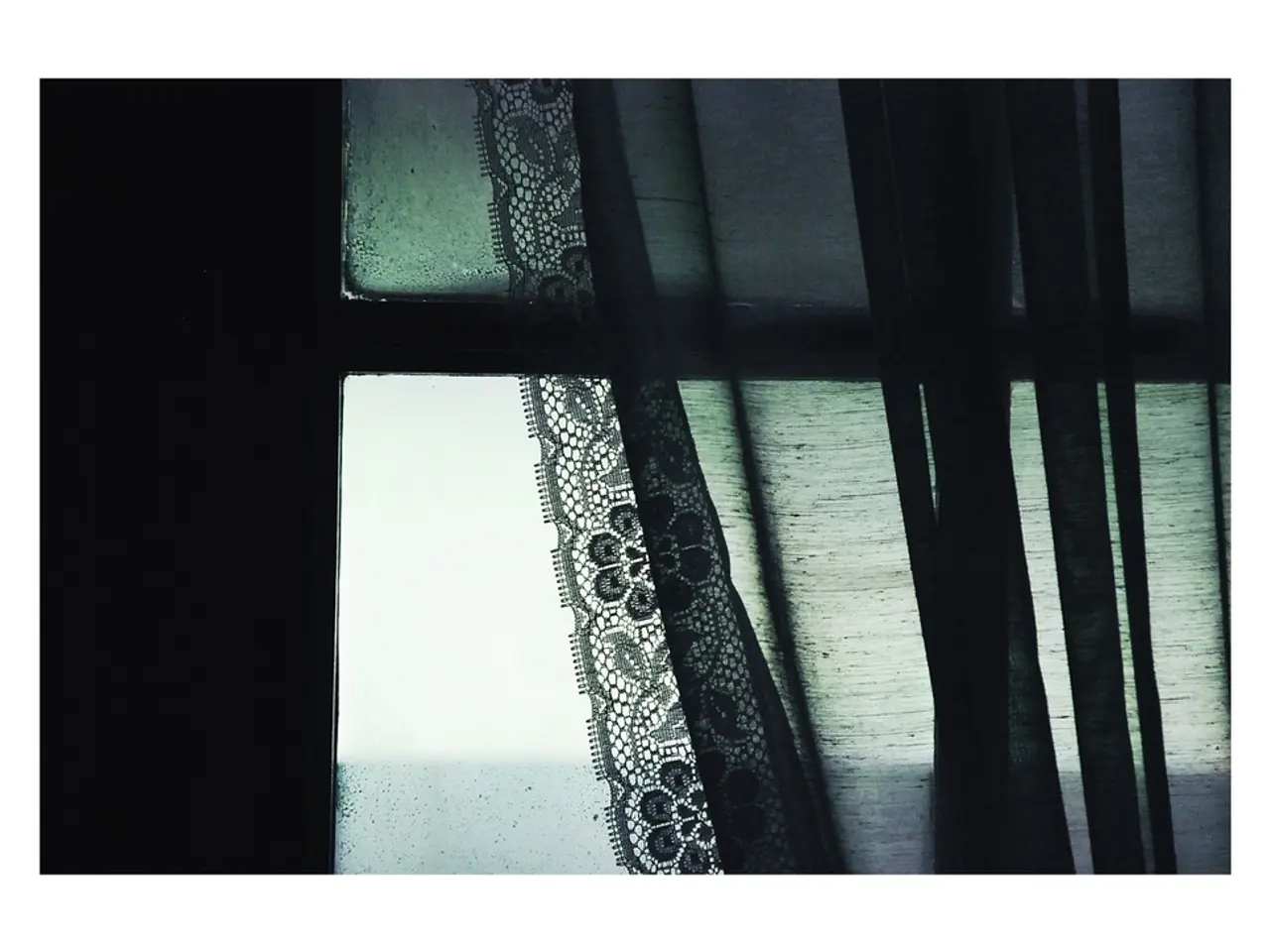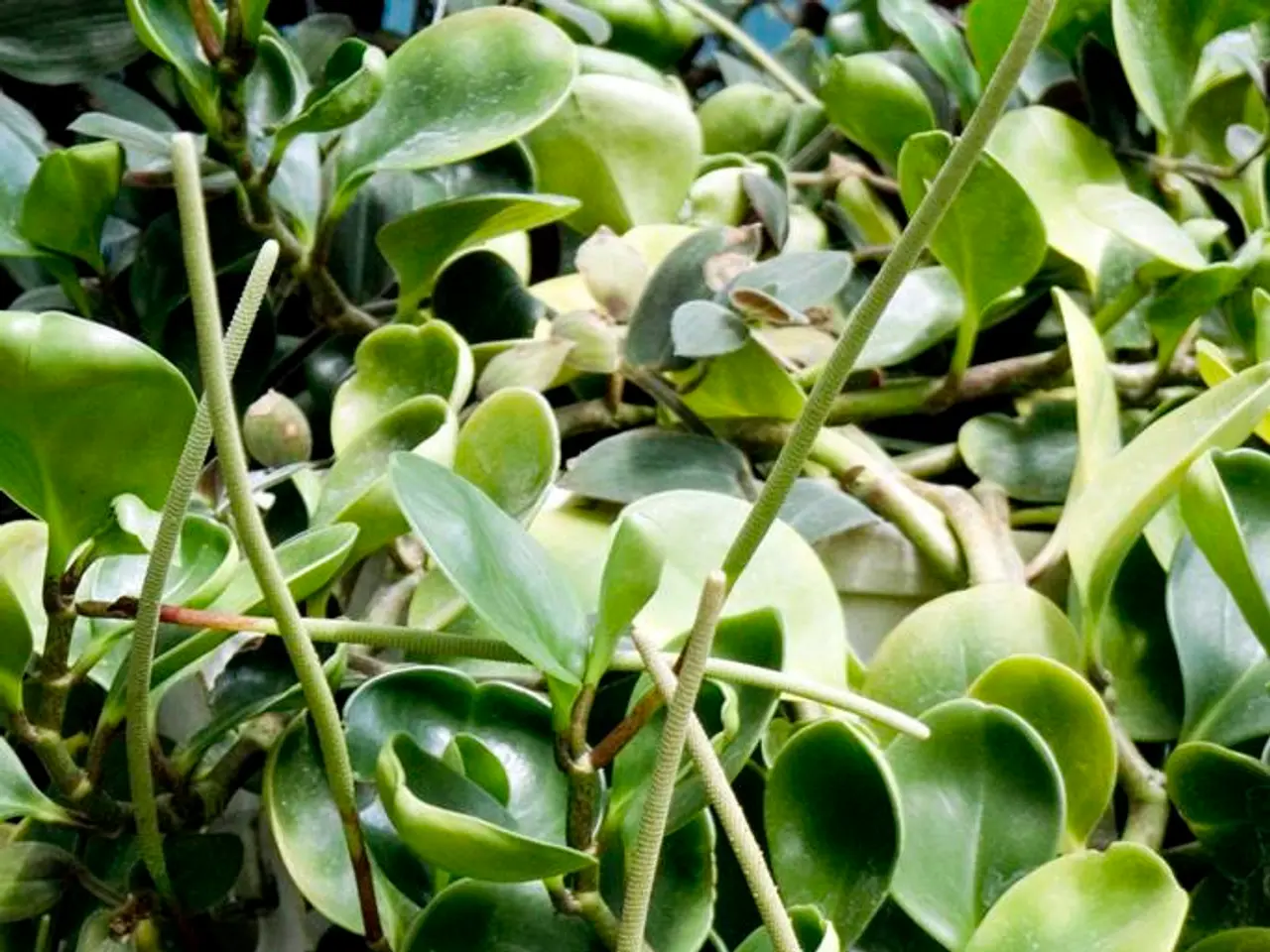Mixing Hues for Red: A Guide for Artists on Combining Colors
In the world of traditional color theory, red is one of the primary colors that form the foundation of all other hues. Unlike other colors, red cannot be easily created by mixing others but can be modified for shading and tinting purposes.
To create different shades of red in traditional painting, it's best to start with a true red pigment such as cadmium red or a magenta-yellow mix as your base. From there, you can adjust the hue, lightness, and saturation by adding small amounts of other colors or modifiers.
For lighter reds or pinks (tints), add white. To make deeper, shadowy reds such as burgundy (shades), consider adding black or a dark complementary color like green. If you want to warm the red towards orange-reds, add yellow. To cool the red towards purple-reds, add blue or magenta.
For transparency or glazing effects, mix red pigment with the appropriate medium, whether it's linseed oil for oils, acrylic medium for acrylics, or water for watercolors. Pre-mixing various tints, shades, and hues on your palette can make application easier.
When working with acrylics or oils, it's essential to control the amount of medium or water you add to maintain pigment intensity and vibrancy.
Mixing red with other primary colors, yellow, and blue, forms the secondary colors orange and purple, respectively. Exploring the interactions of these colors can lead to a wide spectrum of red shades, suitable for various composition and lighting needs.
Attempts to mix red usually produce dull browns or muddy tones. However, pre-mixed reds offer brightness and consistency that may be hard to achieve with mixing. These pre-mixed reds are perfect for artists who need reliable colors, especially in large projects, and can save time.
Understanding color mixing is crucial for artists as it affects how colors interact on the canvas. Knowing red's limitations prevents frustration in color mixing, and understanding primary colors and their interactions is crucial for creating striking compositions.
Moreover, using red alternatives in art can expand creativity and lead to vibrant artwork. For instance, blending magenta and a touch of yellow can create a faux-warm red. Warm pinks, orange, or purple can be blended to mimic red tones in subtractive color mixing.
Applying transparent washes can enhance red's vibrancy in subtractive color mixing. Creating custom shades allows for personal expression and conveying emotions through color choices. Consistent color in pre-mixed reds helps maintain quality, especially in fine details.
In summary, mix variations of red by starting with a pure red pigment and adjusting with white, black, yellow, or blue pigments and appropriate painting mediums to achieve the desired tint, shade, or tone. By understanding and mastering the art of red, painters can create a wide spectrum of red shades to suit their composition and lighting needs.
[1] Primary Colors and Their Interactions: https://www.artbymelissa.com/primary-colors-and-their-interactions/ [2] Mixing Red Paint: https://www.artbymelissa.com/mixing-red-paint/ [3] The Importance of Color Mixing in Painting: https://www.artbymelissa.com/the-importance-of-color-mixing-in-painting/ [4] Working with Acrylics and Oils: https://www.artbymelissa.com/working-with-acrylics-and-oils/
- A lifelong learner's journey in the realm of art and fashion might include exploring various aspects like cooking, lifestyle, or education and self-development.
- In the vast world of books, you can find numerous titles delving into food and drink, home and garden, as well as fashion-and-beauty, providing valuable insights and recipes for improvement.
- As a home garden enthusiast, learning about the proper mix of red, yellow, and blue in your blooms can result in stunning orchids and roses that resonate with sci-fi and fantasy themes.
- For those wishing to dive deeper into entertainment, online education platforms offer courses on pop-culture, cooking, and even the science behind color theory and mixing red pigments.
- A passion for cooking could also steer one towards creating beautiful, vibrant dishes, just like an artist blends shades of red to capture captivating paintings.
- By mastering color mixing in your kitchen or art studio, you'll be creating a stunning balance of flavors or pigments, ensuring a more fulfilling experience in food-and-drink and entertainment.
- Meanwhile, educators can foster a love for lifelong learning by incorporating the principles of color theory, learning, and red pigment mixing into their lesson plans for education and self-development.




